How to use a dehumidifier in the winter months – 4 tips to keep in mind when temperatures drop, according to experts
Get the most out of your appliance in the coming winter months with expert-led advice
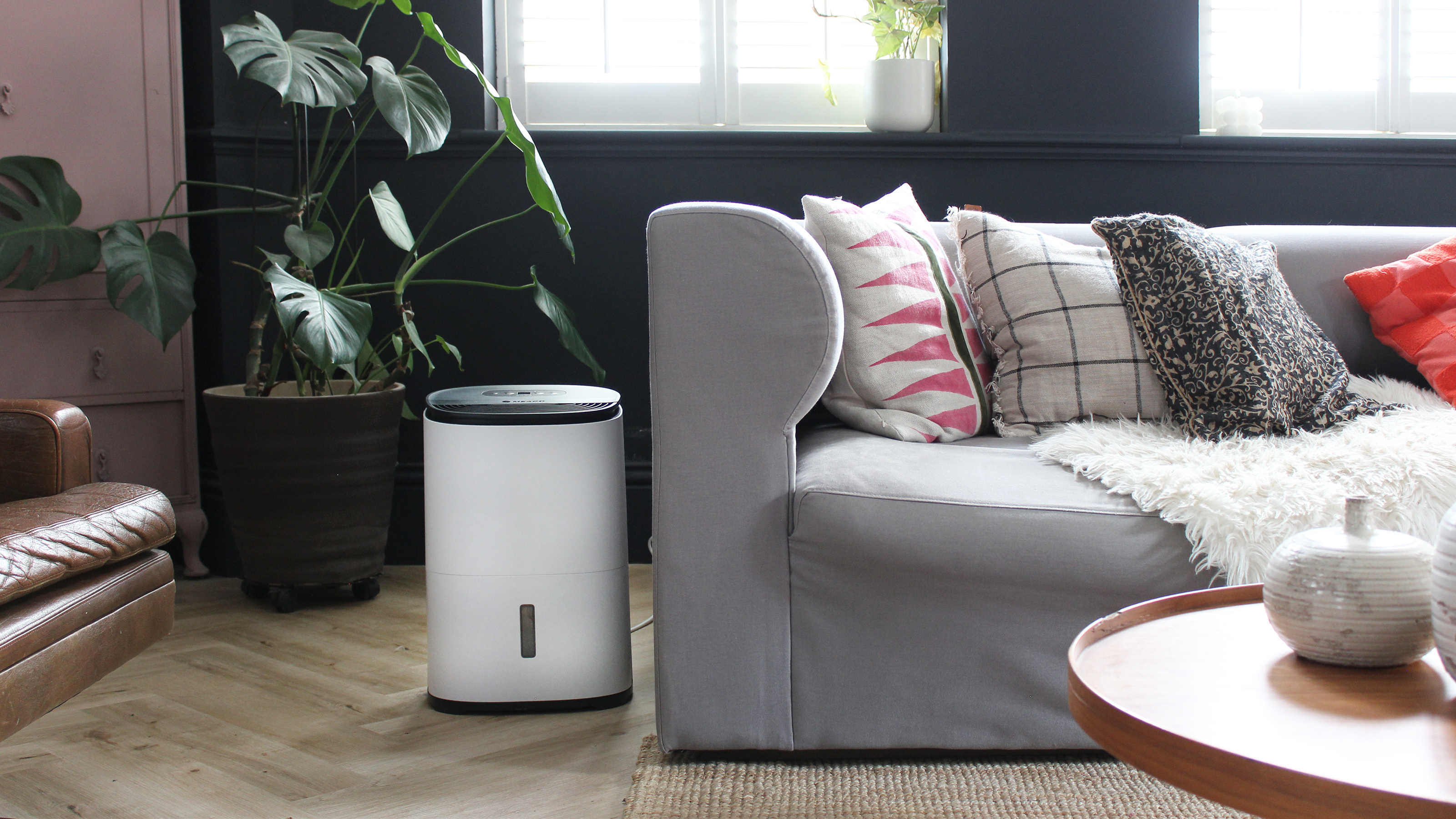

Using a dehumidifier in the winter months is when this device comes into it's own helping us to battle with the wet and cold weather.
Although humidity might often be a trait associated with the stifling British summer, high humidity levels are actually on our tail more than ever during winter; making the best dehumidifiers all the more essential to help get rid of damp and condensation in the home.
Not only that, but dehumidifiers also work wonders to dry clothes fast if you're trying to steer away from relying on a costly tumble dryer to get the job done.
To properly reap these benefits, knowing how to use a dehumidifier in the winter months is one of the best favours you can do for yourself to get the most out of your appliance. So, we turned to experts to share their top tips for effective results.
1. Leave it running
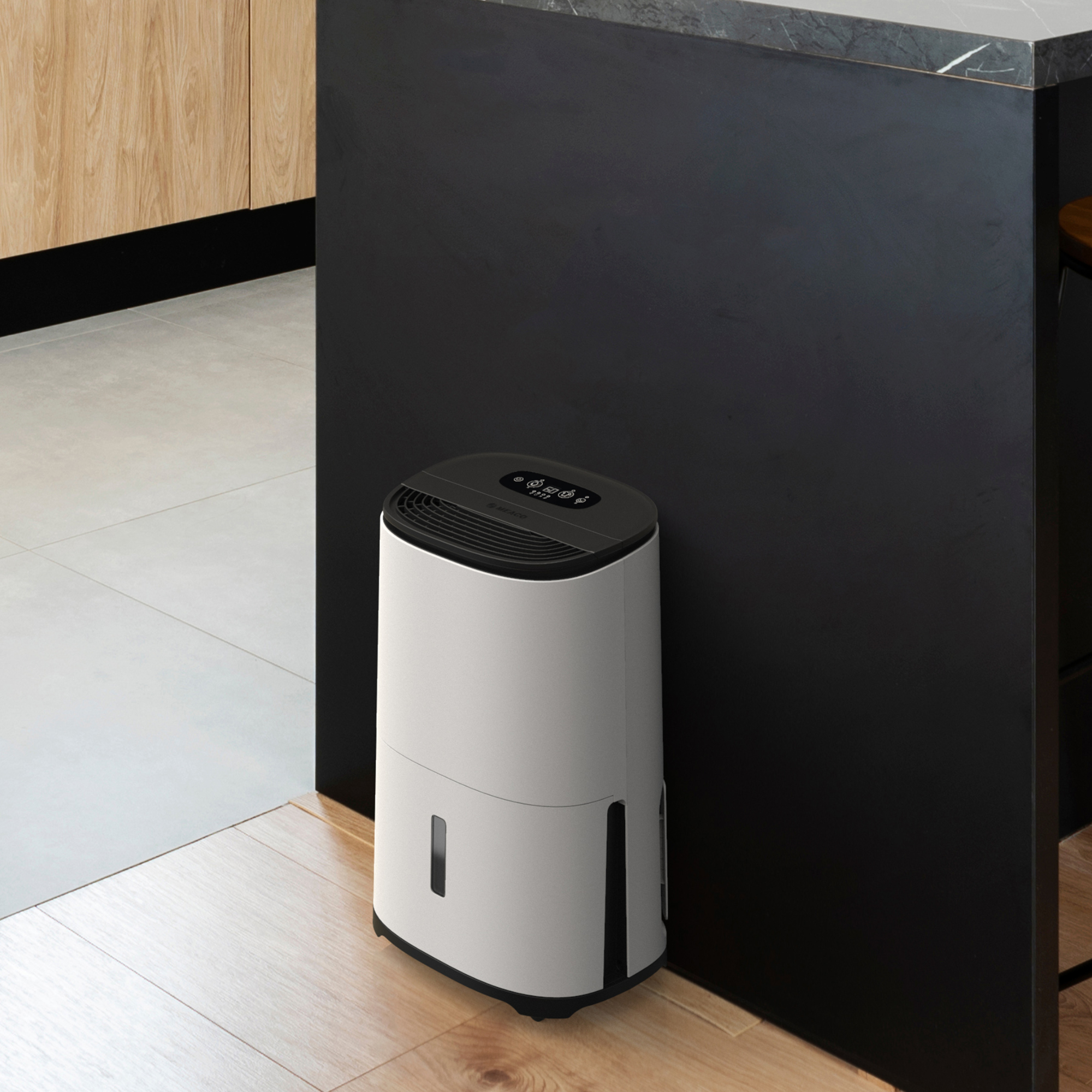
One of the biggest dehumidifier mistakes people make is buying a dehumidifier to then only turn it on for a couple of hours every day.
Chris Michael, managing director at Meaco says this is 'counter-intuitive' because in order for it to achieve its purpose, you need to leave a dehumidifier running to effectively combat damp. 'Set the humidistat to 55% RH (relative humidity) and then let the dehumidifier decide when it should turn on or off,' he advises.
Although it might seem worrisome to leave a dehumidifier running 24/7 (especially when paired with the false narrative that dehumidifiers are a fire hazard), the best way to treat a dehumidifier is similar to how you would treat a fridge. In the same way you wouldn't unplug your fridge when you leave the house, it's best to just let your dehumidifier do its thing, too.
2. Optimal placement

The placement of your dehumidifier is not something that should be taken lightly, as it can make all the difference in whether or not it works its best.
'Position the dehumidifier closest to the sources of moisture. If your problem is based on a lack of extractor fan in the bathroom, then place it on the landing or corridor outside the bathroom. If your problem is due to large amounts of washing being dried indoors, then use the dehumidifier to dry the laundry,' advises Chris.
When in doubt, Joshua Warren, AO.com's dehumidifier expert simply recommends you to 'keep your dehumidifier in a central location within your home'. When doing this, keep any internal doors open for increased damp air circulation toward the appliance.
3. Set the right humidity level
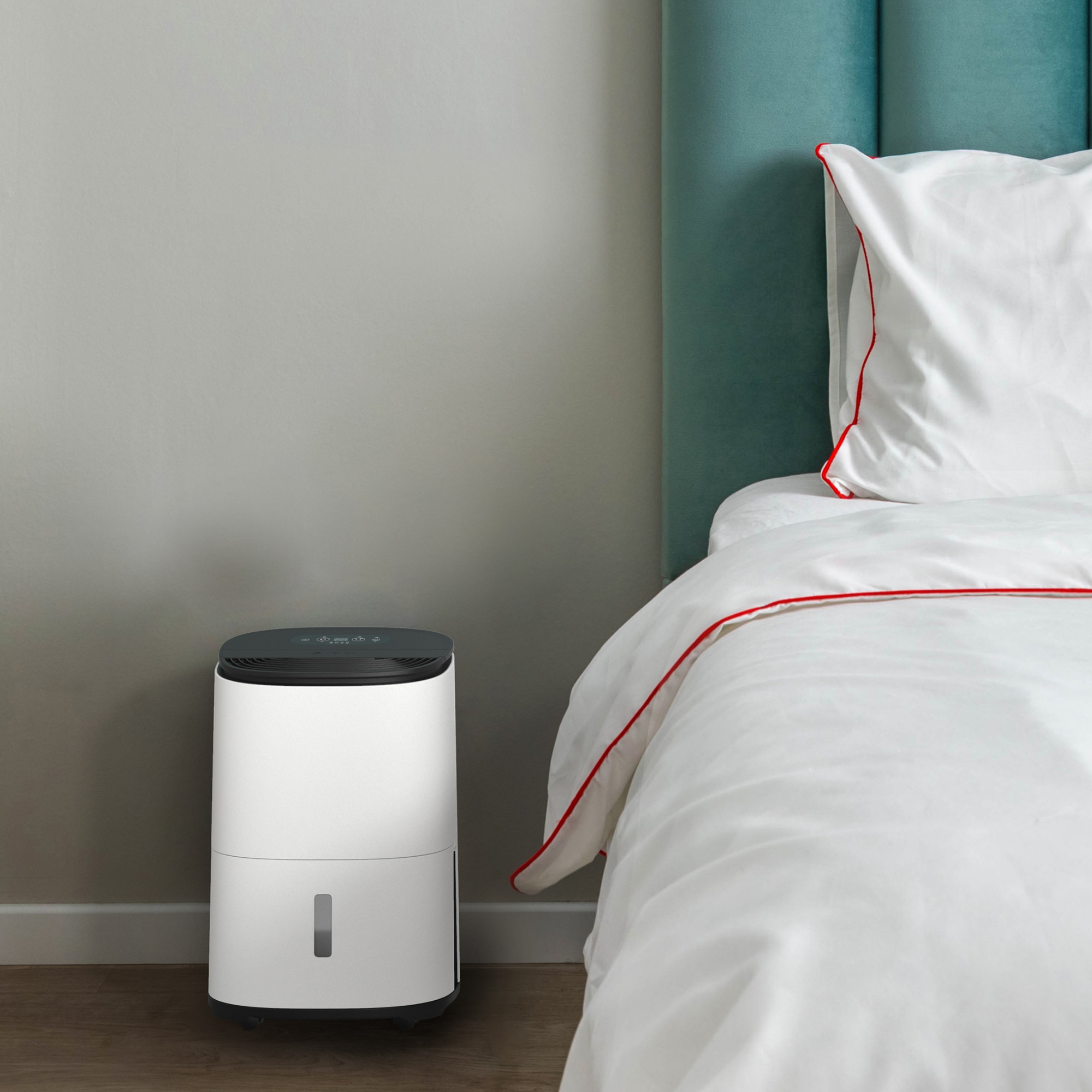
We touched on this slightly in the first point, but ensuring you set the right humidity level will set you up for success – especially if your intention is to use a dehumidifier to dry out damp walls.
'Most dehumidifiers allow you to set a target humidity level, so in winter, it's a wise idea to aim for a relative humidity of around 30-50%,' suggests Joshua. 'By doing this, you'll help prevent condensation on windows and walls without making the air too dry.'
4. Filter maintenance
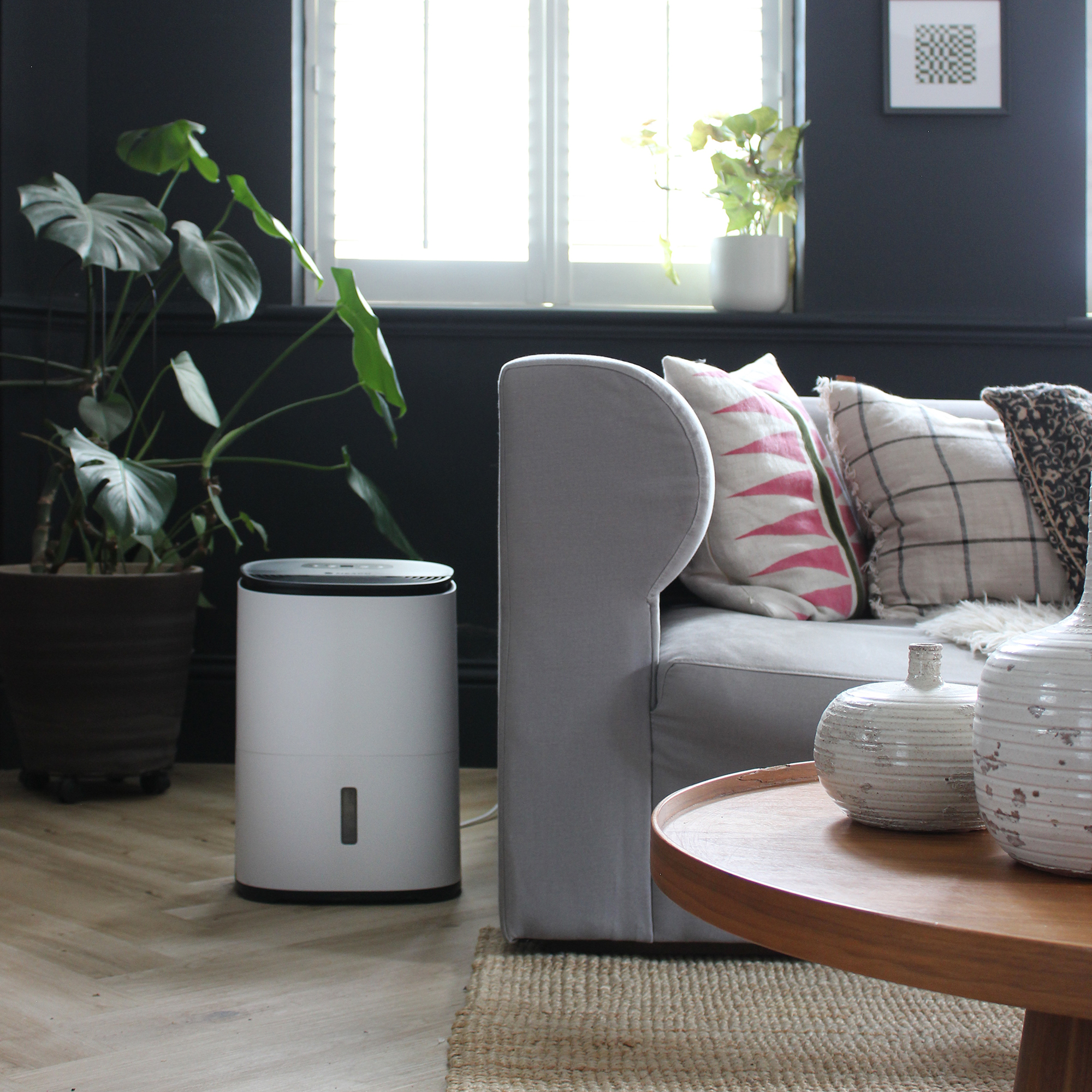
As with any appliance, cleaning and maintenance remains paramount in keeping your dehumidifier at optimal performance and keep the cost of running a dehumidifier down.
'Keep on top of cleaning or replacing your air filter regularly, particularly in the winter. A clean filter ensures your dehumidifier runs efficiently and helps reduce its energy consumption in the more expensive months,' assures Joshua.
Chris adds, 'The cleaner the filter, the more moisture the dehumidifier will collect, the quieter it will run, and the longer it will last.'
Our favourite dehumidifiers for winter
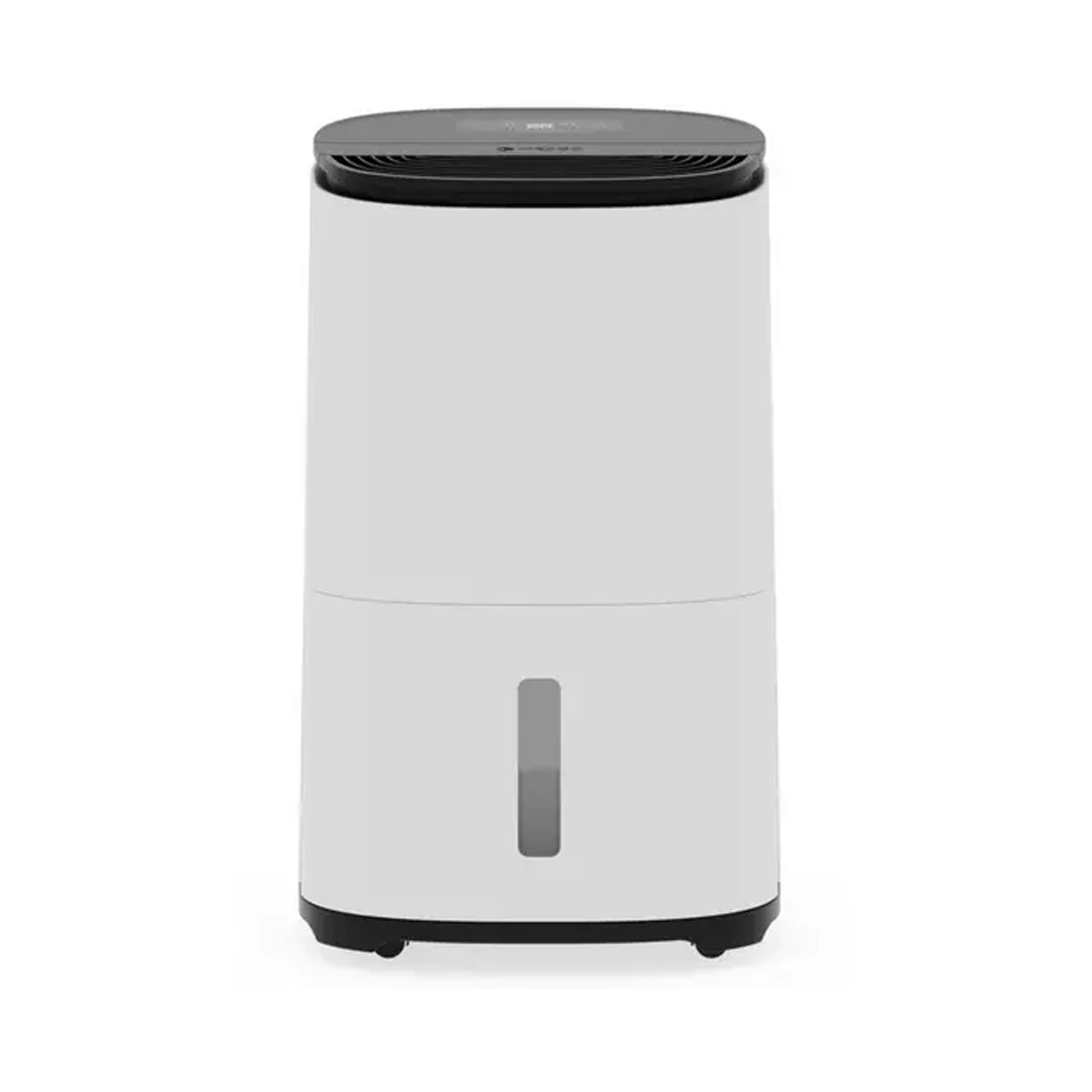


Small, affordable, super quiet, and with low running costs of just 1p per hour, this is great a budget-friendly option for minor moisture issues. Its Peltier condenser has pretty low extraction rate, so don't expect powerful performance, but its compact build is ideal for tucking away into any small space.
Knowing how to use a dehumidifier in the winter months to ensure the most efficient and best results isn't all too different from what you've likely already been doing, but the above tips are the most important things to keep in mind when temperatures do drop.
Get the Ideal Home Newsletter
Sign up to our newsletter for style and decor inspiration, house makeovers, project advice and more.

Jullia was Ideal Home’s Junior Writer from 2022-2024 and the Ideal Home Certified Expert in Training on Vacuums having spent over 60 hours testing different models. She’s always loved all things homes and interiors, graduating with a bachelor’s degree in Architectural Studies from the University of Nottingham where her love for writing blossomed following her internship at ArchDaily. Now focused on home tech and cleaning, Jullia works on writing features and explainers to help people make the most of their home appliance investments, putting the newest launches through their paces. When she isn’t writing, she loves exploring the city, coffee shop hopping, and losing hours to a cosy game or book.
-
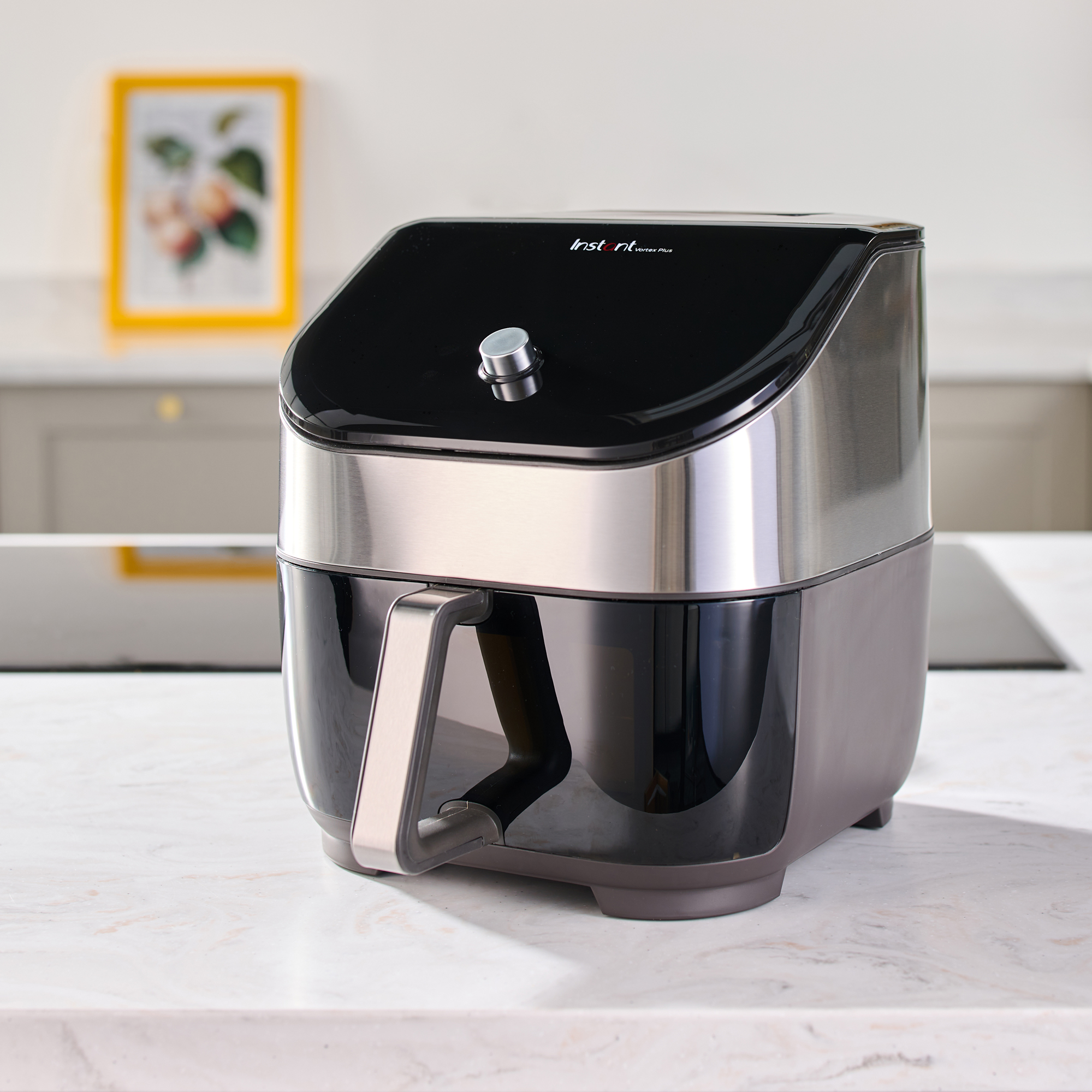 Should an air fryer be on display in a kitchen or hidden away? This is why I always keep my small appliances on the worktop
Should an air fryer be on display in a kitchen or hidden away? This is why I always keep my small appliances on the worktopAre you on team display or neatly hidden away? Share your opinion in the comments
By Rebecca Knight
-
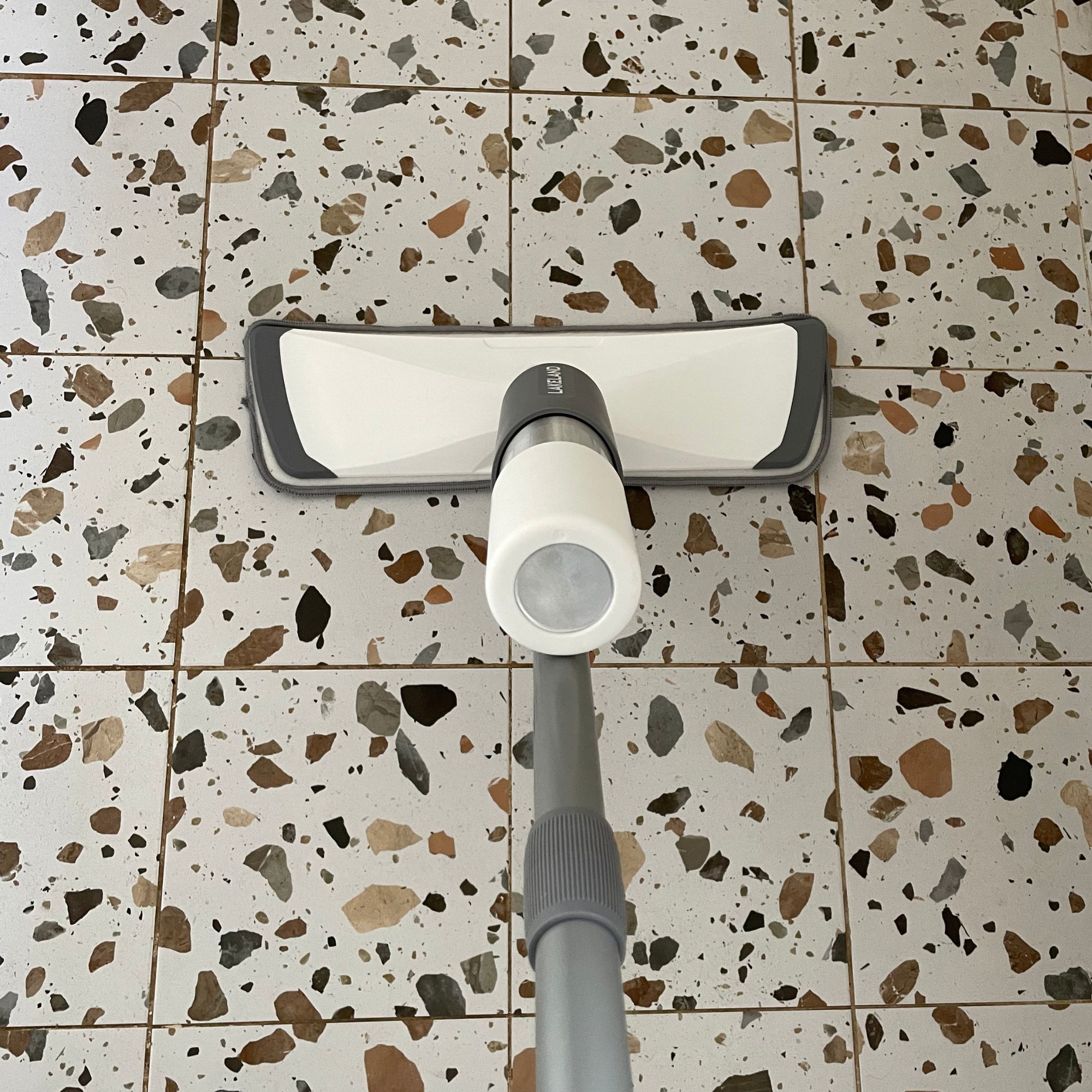 Experts warn that these 5 mopping mistakes are making your floors dirtier — and damaging your floors in the process
Experts warn that these 5 mopping mistakes are making your floors dirtier — and damaging your floors in the processThis is how to keep them clean and avoid costly damage
By Lauren Bradbury
-
 Move over, fences – dead hedges are the wild and wonderful alternative your garden will love and they're easier to build than you'd think
Move over, fences – dead hedges are the wild and wonderful alternative your garden will love and they're easier to build than you'd thinkThe perfect eco-friendly solution for small gardens
By Kayleigh Dray
-
 Aldi is releasing a budget alternative to the cult Joseph Joseph washing up bowl – it’s just £4.99
Aldi is releasing a budget alternative to the cult Joseph Joseph washing up bowl – it’s just £4.99The Joseph Joseph washing up bowl is an Ideal Home favourite - now we can't wait to try Aldi's alternative
By Kezia Reynolds
-
 I just bought my first home, and this £10 buy was the very first thing I bought for it to make it feel warmer and secure
I just bought my first home, and this £10 buy was the very first thing I bought for it to make it feel warmer and secureIf I did it all again, this would still be my very first buy
By Rebecca Knight
-
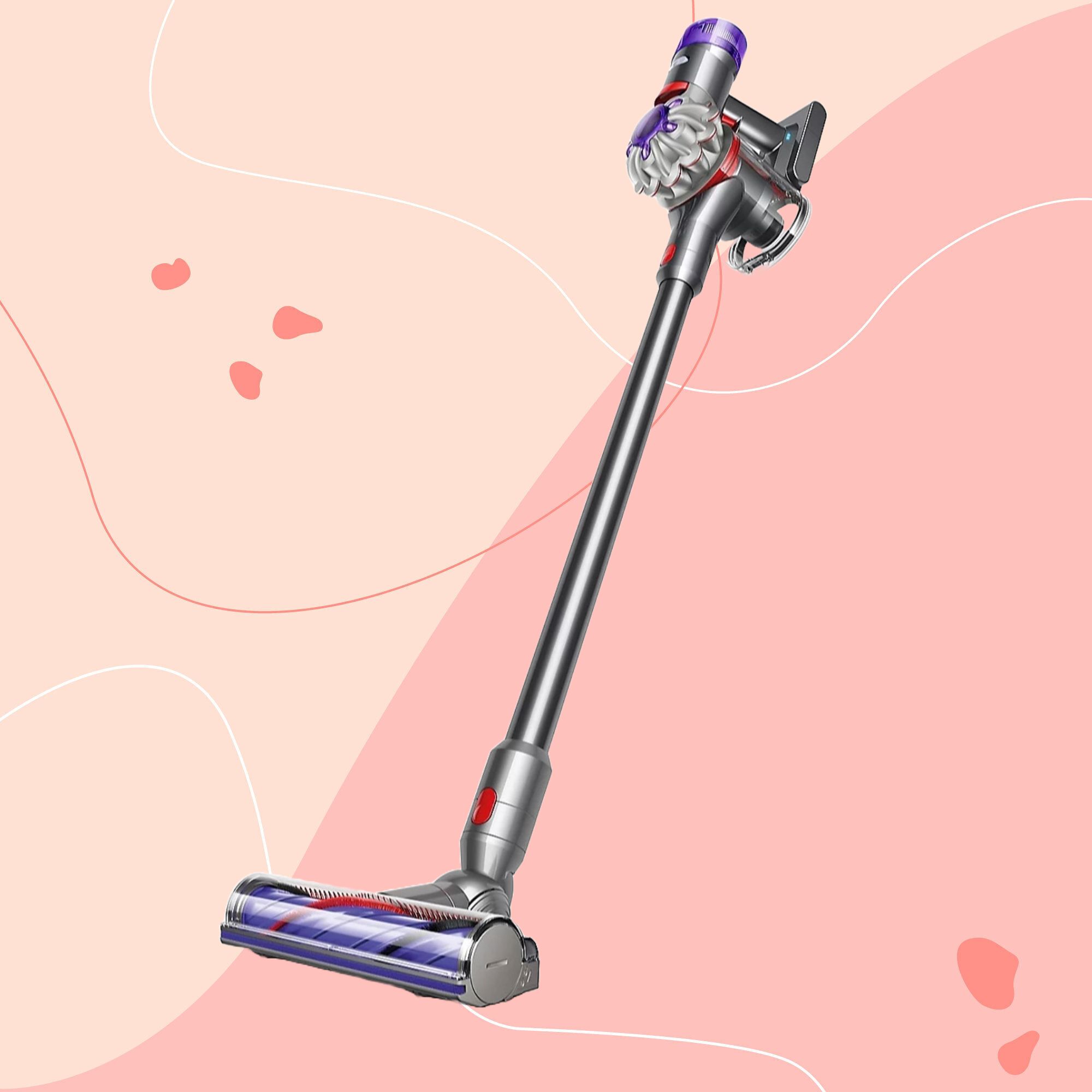 It’s normally impossible to find a Dyson vacuum for under £250 — but QVC has slashed the price of their bestselling models for a limited time
It’s normally impossible to find a Dyson vacuum for under £250 — but QVC has slashed the price of their bestselling models for a limited timeRun don’t walk to pick up the brand’s bestselling model for under £230 before it sells out
By Lauren Bradbury
-
 Catherine Zeta-Jones has revealed the cleaning product she swears by to keep her home fresh - and it’s just £8 on Amazon
Catherine Zeta-Jones has revealed the cleaning product she swears by to keep her home fresh - and it’s just £8 on Amazon'I use it on my counters. I use it on my walls. I use it on my doors. When I smell it, I know my house is clean.'
By Kezia Reynolds
-
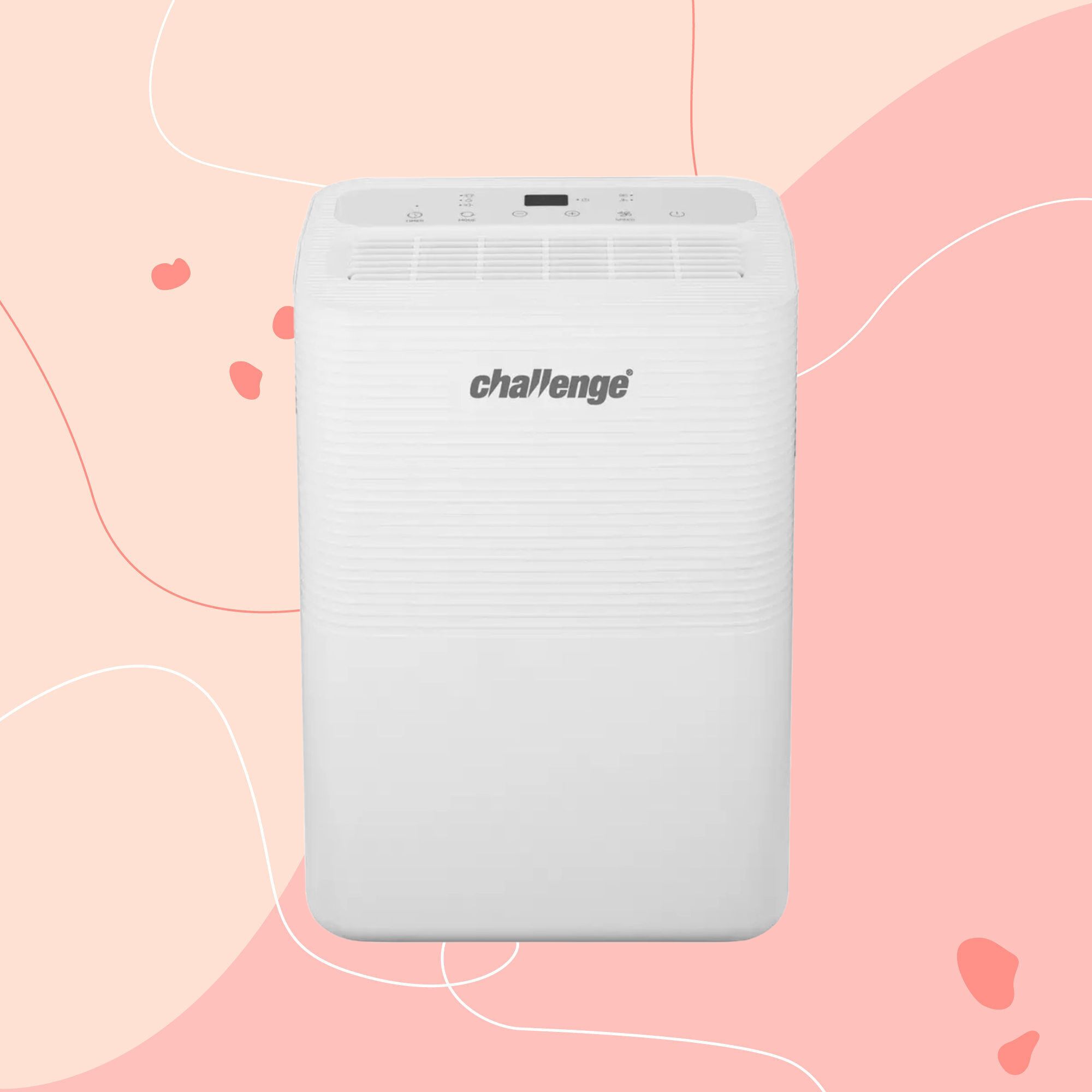 I tested the 12L Challenge dehumidifier in my damp Victorian home over winter — I haven’t spotted any signs of mould for the first time in five years
I tested the 12L Challenge dehumidifier in my damp Victorian home over winter — I haven’t spotted any signs of mould for the first time in five yearsThe Challenge 12L dehumidifier doesn’t have too many bells and whistles, but I can already see the difference it’s made to my damp home
By Lauren Bradbury
-
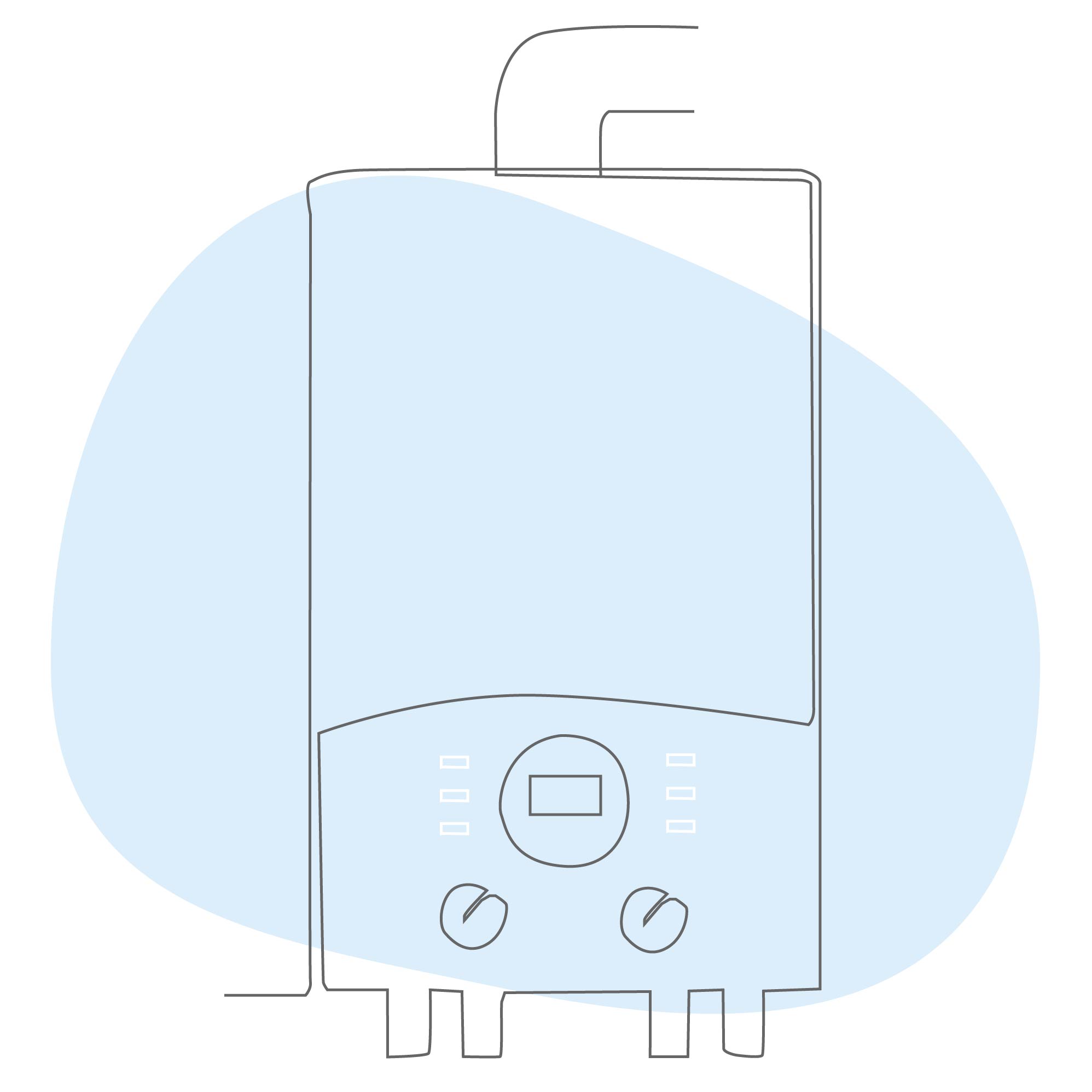 What is boiler flow temperature? Heating experts urge you to check yours now as you could be overpaying on your energy bills
What is boiler flow temperature? Heating experts urge you to check yours now as you could be overpaying on your energy billsTurning this little-known number down just a few degrees can result in some serious savings
By Lauren Bradbury
-
 Stacey Solomon has shared 5 nifty wardrobe storage hacks to make getting ready in the morning easier — and they're genius
Stacey Solomon has shared 5 nifty wardrobe storage hacks to make getting ready in the morning easier — and they're geniusThese five wardrobe storage hacks are a gamechanger
By Katie Sims
-
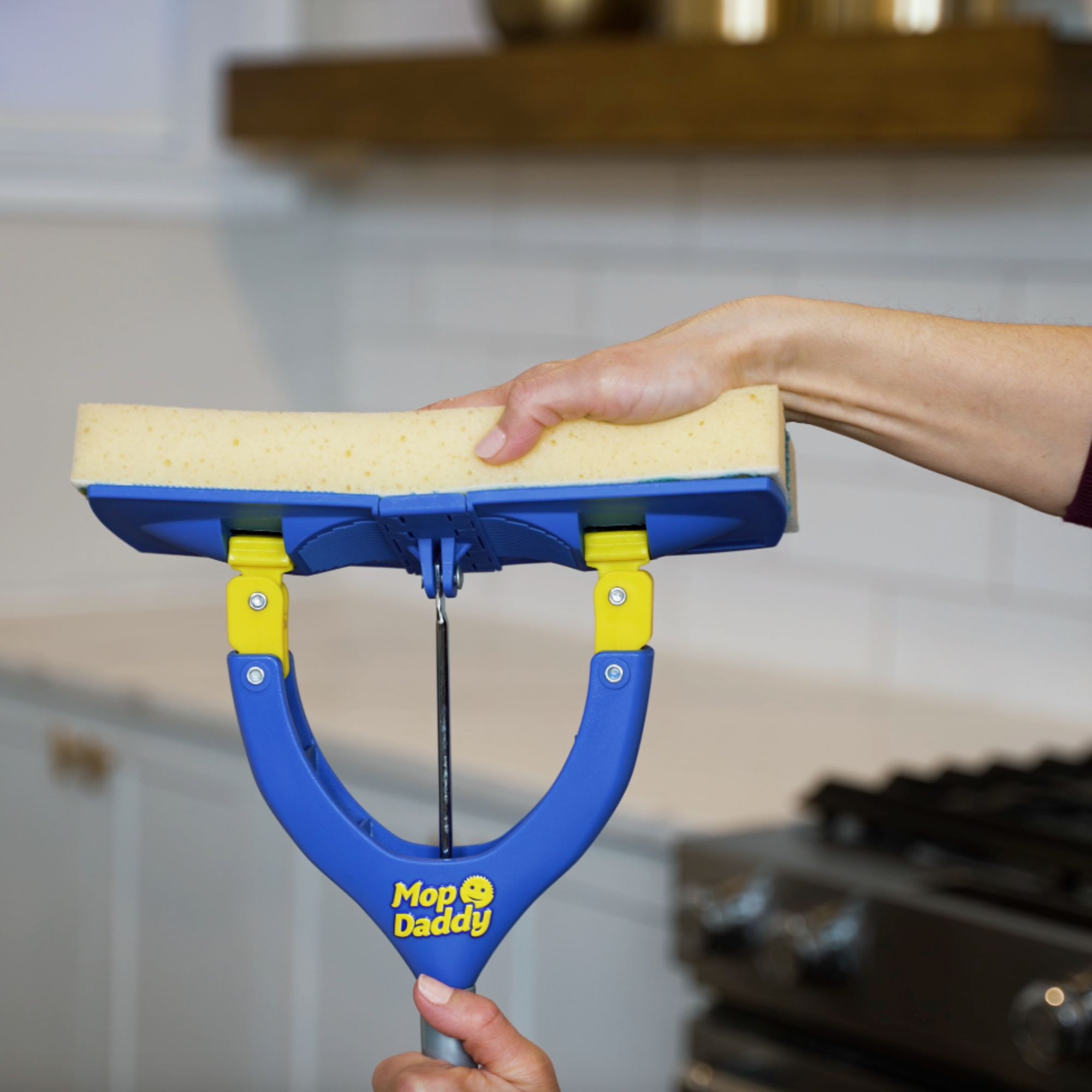 Cult cleaning brand Scrub Daddy has just launched a brand new butterfly mop — could it be the ultimate solution for banishing stubborn marks on your floor?
Cult cleaning brand Scrub Daddy has just launched a brand new butterfly mop — could it be the ultimate solution for banishing stubborn marks on your floor?We're obsessed with all things Scrub Daddy
By Kezia Reynolds